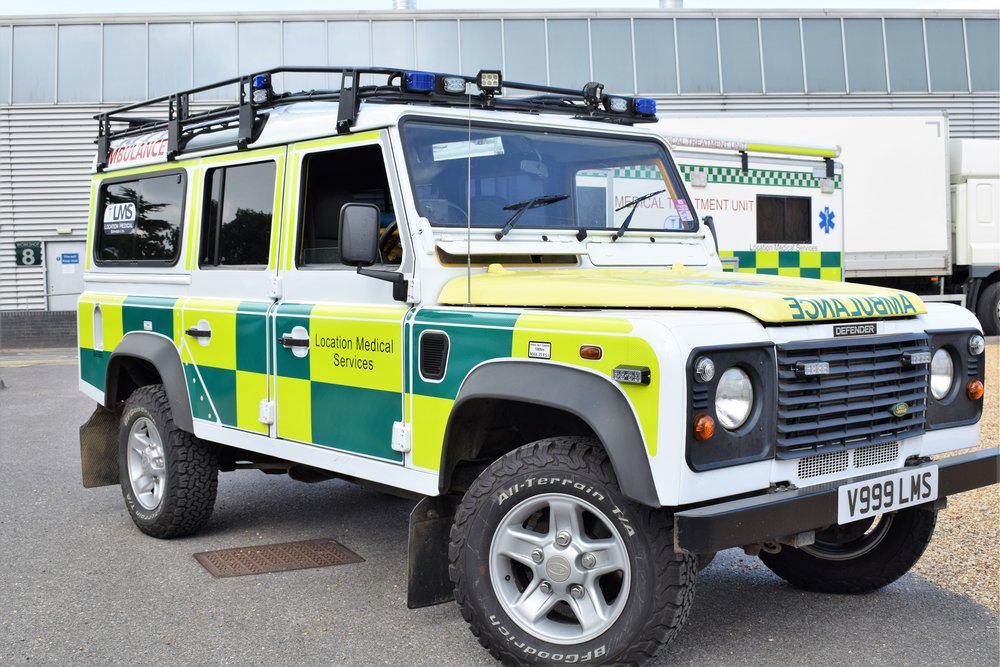
Choosing the right ambulance for an emergency medical services team involves evaluating various factors, such as the terrain where it will operate, the types of emergencies encountered, and the resources required for patient care. The difference between the off-road UTV ambulances by Rowland Emergency and regular ones is clear. The off-road models are built to handle tough terrain, while the traditional ones are more suited for smooth roads. This makes the off-road version better for reaching places where regular ambulances can’t go.
For teams operating in remote or rural areas, off-road ambulances provide crucial benefits. They ensure access to locations unreachable by standard vehicles, which can significantly impact the effectiveness of emergency medical services in those regions. On the other side, traditional ambulances are equipped with more comprehensive medical facilities, making them better suited for urban environments where such extensive capabilities can be maintained and utilized effectively.
When deciding between these types of vehicles, teams must weigh the advantages and limitations of each model. Factors such as medical functionality, space for equipment, and terrain adaptability are integral to this decision-making process. Understanding these operational considerations can guide teams in selecting the most appropriate vehicle to meet their needs.
Key Takeaways
- Off-road ambulances excel in remote areas with difficult terrains.
- Traditional ambulances offer more extensive medical equipment for urban settings.
- Terrain and emergency needs are primary considerations when choosing an ambulance type.
Comparing Ambulance Types
Understanding the distinctions between off-road and traditional ambulances is crucial for making an informed choice. Key factors include versatility for different terrains, safety features, and overall vehicle construction.
Key Differences between Off-Road and Traditional Ambulances
Off-road ambulances are designed for rugged terrains and can handle environments that standard ambulances may struggle with. They often come equipped with reinforced suspensions and four-wheel drive, allowing for better ground clearance. In comparison, traditional ambulances, typically built on a van or truck chassis, excel in urban settings with smooth roads.
Modular interiors in off-road models are crafted for flexibility and space efficiency, making them ideal for emergency situations in remote areas. Traditional ambulances often focus on maximizing patient care space without the same adaptability to adverse environments.
Accessibility and Terrain Navigation
The primary advantage of off-road ambulances lies in their ability to navigate difficult terrains. These vehicles can traverse unpaved roads, rocky paths, and steep inclines, providing crucial access during emergencies. Features like all-terrain tires and specialized suspension enhance their reliability in challenging conditions.
Traditional ambulances prioritize accessibility in urban and suburban settings, focusing on quick and efficient transportation on paved roads. Their design supports manoeuvrability in traffic and crowded areas, though they may struggle off-road.
Vehicle Safety Features and Stability Systems
Safety features are paramount in both types of ambulances, though their implementations can differ. Off-road ambulances often include advanced stability systems like ABS (Anti-lock Braking System) and ESP (Electronic Stability Program) to maintain control on uneven terrains. These features help prevent rollovers and ensure safe braking.
Traditional ambulances, while also equipped with safety features, may not emphasize those needed for off-road travel. Their systems focus more on urban safety, such as collision avoidance and lane-keeping assistance. Both types of ambulances prioritize patient safety but optimize their features based on expected operational environments.
Operational Considerations in Emergency Medical Care
Operational considerations in emergency medical care require an understanding of personnel qualifications, equipment standards, and financial planning. Assessing these components ensures effective service delivery and preparedness in diverse medical scenarios.
Medical Personnel and Training Requirements
Qualified medical personnel are essential in emergency medical care. Paramedics must undergo comprehensive training programs to acquire the skills necessary for both basic and advanced life support. Their training includes handling medical emergencies, using life support equipment, and maintaining clear communication under stress.
The ability to operate specialized equipment such as defibrillators and communication systems is critical. Continuous education is also vital to keep up with evolving medical standards and practices. Effective teamwork among personnel ensures coordinated care during patient transport, benefiting from shared knowledge and quick decision-making skills.
Equipment and Life Support Capabilities
Emergency vehicles need to be equipped with appropriate medical tools to handle varying emergencies. Advanced life support (ALS) and basic life support (BLS) equipment provide different levels of care, making it crucial to choose the right setup for the team’s capabilities. ALS includes cardiac monitors, ventilators, and intravenous therapy.
BLS focuses on essentials like first aid kits and automated external defibrillators. In off-road ambulances, equipment must be sturdy and reliable for rugged environments. Proper maintenance protocols are necessary to keep all systems operational and ensure rapid response capabilities during patient transport in challenging conditions.
Costs and Budgeting for Medical Transport Services
Financial planning is crucial in managing the costs associated with medical transport services. Evaluating budget constraints aids in determining the type and level of service that can be supported. Factors affecting costs include vehicle acquisition, equipment purchase, and ongoing maintenance expenses.
Budgeting also involves planning for staffing and training of medical personnel. Investing in reliable communication systems enhances coordination and response times. For specialized units like off-road ambulances, it is essential to consider terrain requirements and robust maintenance to ensure effective service. Review of costs aids in optimizing resource allocation to maintain quality care.
Conclusion
Selecting the appropriate ambulance for a team involves understanding the specific needs of the area they serve. Off-road ambulances are essential for reaching remote locations and navigating challenging terrains, providing a vital service where traditional ambulances may struggle. Meanwhile, traditional ambulances are better suited for urban environments, where manoeuvrability and accessibility are key.
These insights should guide decision-makers in choosing the best option, ensuring the team is prepared for any emergency scenario.


